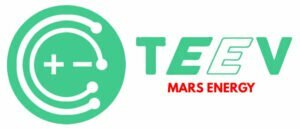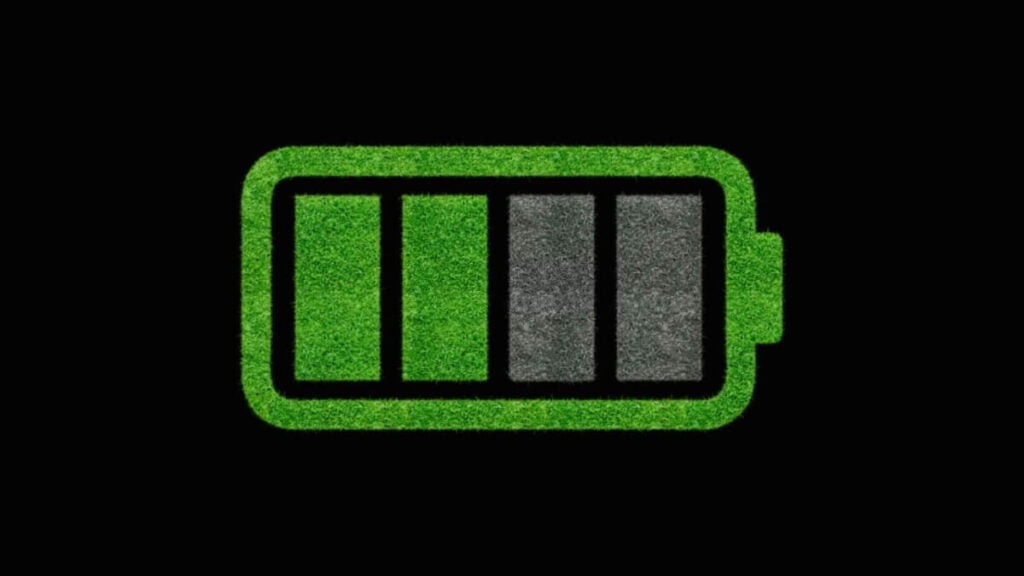As an electrified power solutions provider, Teev regularly receives inquiries about technologies that facilitate the adoption of electric vehicles. A question that often arises is “what is the difference between lead-acid and lithium ferrophosphate, and when should each type of battery be used?”
Here are the top 5 differences between the two battery chemistries and some examples of which technology to opt for when switching to electricity.
1. Cost
This is usually the top issue on everyone’s mind and a key factor in deciding “what is the right product for my fleet?” As is often the case, it is not a straightforward answer and the cost-effectiveness really depends on the needs of your application. Lead-acid is a popular and cost-effective battery chemical, available in bulk with few security-of-supply concerns and in a variety of ready-to-use package sizes. Lead-acid is ideal for large-scale stationary applications where space is abundant and power requirements are low. However, when you start looking at the price in terms of power or range, lithium ferrophosphate technology can often be a more favorable option.
2. Energy and Range
Comparing the two chemistries side by side, lithium ferrophosphate achieves an energy density of 125-600 + Wh / L versus 50-90 Wh / L for lead-acid batteries. In other words, if you were to drive the same distance using each type of battery in an identical vehicle, the lead-acid battery could occupy up to 10 times the volume of the lithium ferrophosphate battery, and it is also heavier. Therefore, the use of lithium ferrophosphate batteries allows room for other important payloads, for example, more passengers on a bus or more packages in an electric delivery truck. A high energy density also gives the vehicle a much longer range, which means that the user does not need to charge as often when running on lithium ferrophosphate technologies.
3. Maintenance
Lead-acid battery: high maintenance and systems costs. Routine maintenance is one of the biggest costs, as it includes filling water, maintaining the filling system, and removing rust from elements and terminals.
It would be a serious mistake not to take into account 3 other hidden costs:
Infrastructure cost: Lead-acid batteries release gas while charging and therefore must be charged in a dedicated area. What is the cost of this space, which could be used for other purposes?
Cost of Gas Disposal: Gas released by lead-acid batteries should not remain within the charging area. It must be removed to the outside by means of special ventilation systems.
Cost of water demineralization: In smaller companies, this cost can be included in routine maintenance, but it becomes a separate expense for medium and large companies. Demineralization is a necessary treatment for water used to recharge lead-acid batteries.
Lithium ferrophosphate battery: no infrastructure cost, no gas, and no need for water, eliminating all additional costs. The battery just works.
4. Service Life
Lithium ferrophosphate batteries last 3-4 times longer than lead-acid batteries, without losing effectiveness over time.
5. Charging
Charging a lead-acid battery can take more than 10 hours, while lithium ferrophosphate batteries can take anywhere from 3 hours to just a few minutes to charge, depending on the size of the battery. Lithium ferrophosphate chemicals can accept a faster current rate and charge faster than lead-acid batteries. This is critical for rush applications where vehicles have high utilization and fewer rest intervals. In the case of a terminal tractor, every minute the ship is docked in port has an economic impact on the fleet owner, so the battery must be charged quickly during breaks to charge the ship.
There is no one size fits all approach to batteries, rather it is about providing the right electrical solution to meet the needs of the application. Teev designs and sells flexible and scalable lithium ferrophosphate batteries as the primary source of power for commercial vehicles and other stationery and mobile applications.


